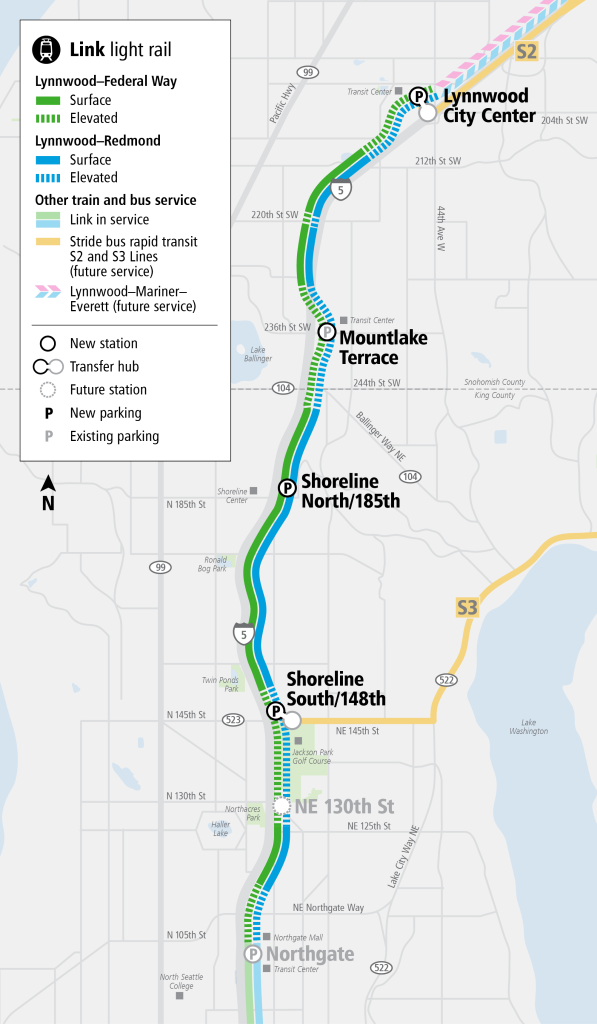Once again at the darkest part of the year, we gather in the spirit of Krampus, the Christmas demon who takes bad children into the woods and eats them. Festive holidays demand horror, more than family and gatherings provide. What’s more terrifying than looking into 2024?
So here are eight important things for the coming year. It’s G.O.R.E., but not all bad. Goals where we want to put our energy. Obstacles where we see stumbles coming. Resolutions where we want to try better. Explorations where it could get interesting or all go wrong.
As always, the surprise will be prognosticating correctly. The upcoming 525,600 minutes holds a lot of opportunities to screw things up. Whether it was putting money on the Mariners playoffs, thinking Elemental would have solid worldbuilding, or dropping my phone off an Alaskan ferry, I know that I found a good number unique missteps to make in 2023. I hope you do better. Good luck, all.
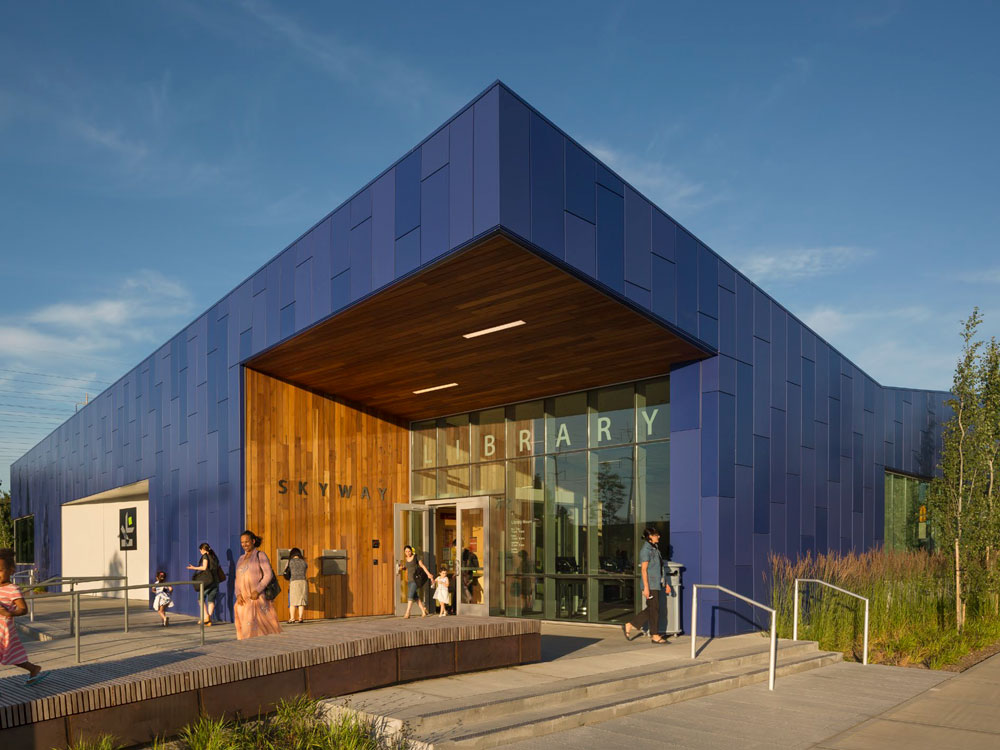
Goal: Subscribe better
It appears that a death rattle of late stage capitalism includes moving from an ownership economy to a rental economy. As state-sized corporations transition to extract more resources from consumers, no one gets to purchase things any more. You only get a license to borrow shows that can be retracted or a lease to rent hedge-fund built housing stock that can be flipped.
You know an issue has gotten big when there’s a completely new industry of apps that specifically cancel subscriptions. And it’s accelerating as platforms that once disrupted larger broadcasters are themselves shattered by upstarts or their owner’s idiocy. No longer is casting done broadly when every individual content creator has a distribution list. Subscribe to The Urbanist here.
So, saying “subscribe less” is going to be really difficult. The goal could be to subscribe better. No, we may not have opportunities to worm our way out of renting from a big company. But the most egregious smaller subscriptions – music, videos, and books – have a lot of competition. Most of that comes in the form of the public library, where you can find pleasant seating and plenty of things to read and watch for free. And cheap printing, so you can really stick it to the ink cartridge cartel. Kinda gives some insight to why libraries are at the center of the culture clashes these days.
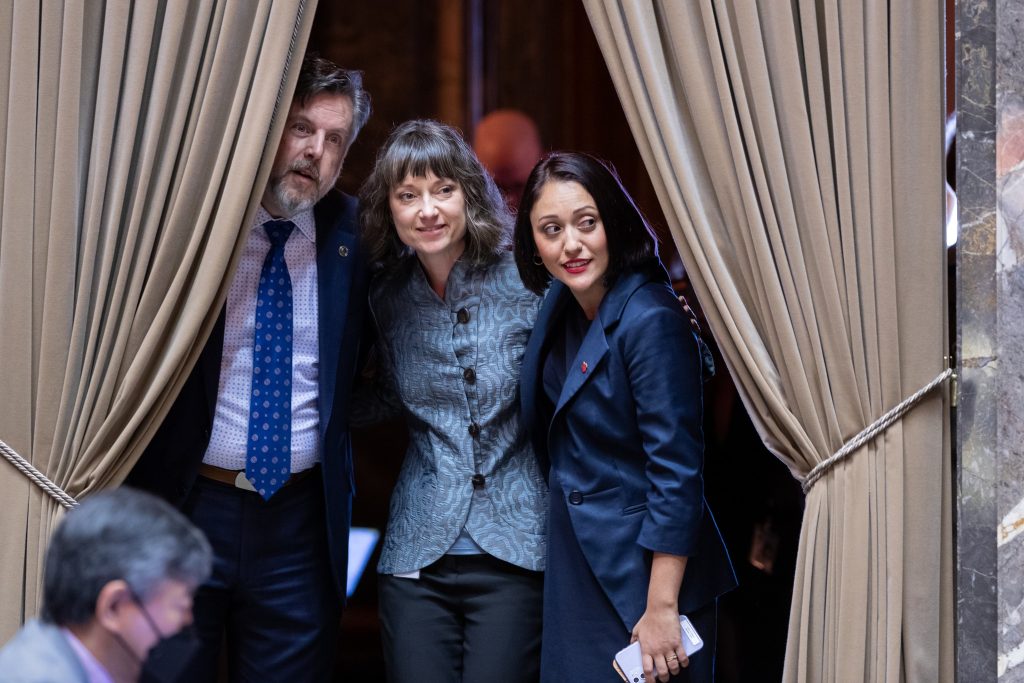
Obstacle: Feeling done
House Bill 1110 was a big change to state housing policy, requiring cities to include missing middle housing, such as townhomes, triplexes, and cottage courts, in almost every residential zone. That follows the 2022 push for a legislative transportation package, as well as the 2021 Climate Commitment Act and Growth Management Act reforms.
In reality, it took three years to get HB 1110 passed, as bill sponsor Representative Jessica Bateman pointed out talking about the legislation’s history. It gives the feeling of done-ness, that overwhelming urge to get comfy. Some might even point to a decade of strong progressive success in Seattle as need for a recovery period.
While rest is vital, it shouldn’t be confused with done. The next few years of comprehensive planning and climate commitment ain’t going to get themselves right. There are a couple of topics that have been simmering on the back burner. First and second in line should be implementing HB 1110 properly and putting HOA restrictions against multi-family housing on the same scrapheap as race restrictions. Take a breather, but get ready for the next push to make housing more fair and affordable.
Resolution: To remember butter is shaped differently across the country.
Everywhere in the United States boxes butter in one pound packages, unless you get that fancy tubbed stuff. Within that box are four blocks, each four ounces. Somewhere in the Rockies, the shape of that butter stick changes. East of the mountains, butter sticks are long and slender. To the west, they are stubby and thick.
If you grew up eyeballing a dollop of butter from a thin East Coast stick, then moved west, there’s a solid chance that you’re overdoing a serving. Specifically, overdoing it to the tune of failing our fall cholesterol tests. We resolve to keep that in mind as we prepare toast this year.
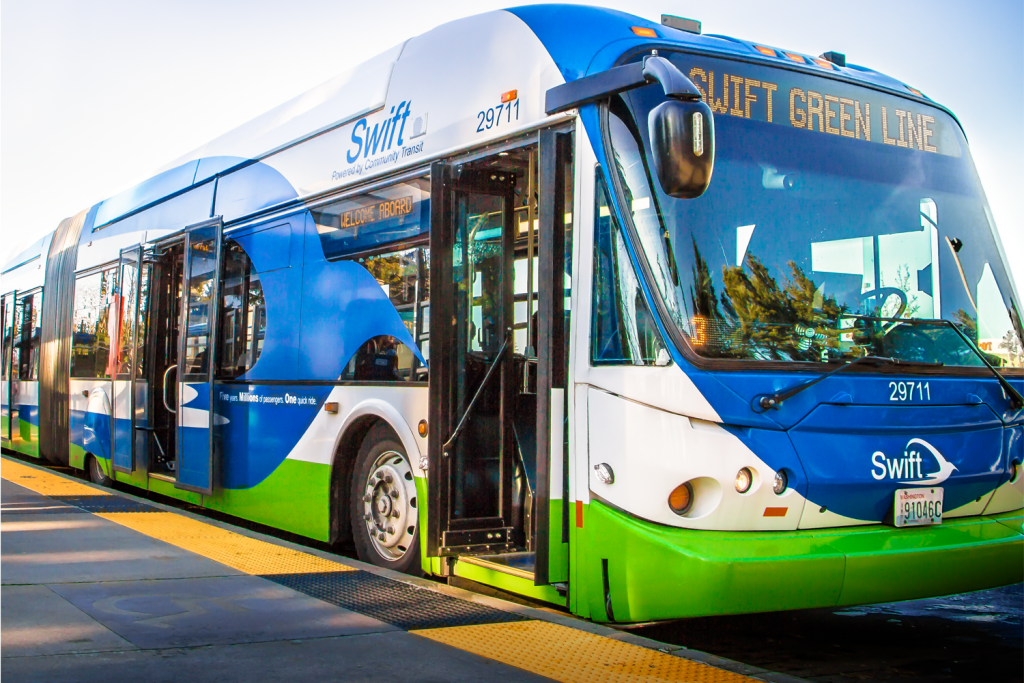
Exploration: Last year’s scores
Our 2023 GORE! Included a goal to keep track of how we’re doing. I got a brandy new agenda with habit tracker included. It allowed me to see that I’m on a 4/3 plan, with four days of good habits then falling off the horse for the last three each week. Some of that is also not looking at the agenda over the weekend. A hidden agenda, if you will.
AHEM, how did we do on last year’s GORE? Tally sheet!
- Goal: Avoid the temptation to host the Olympics – The Olympics didn’t specifically come up, but spectacle as policy wasn’t far from what happened as Taylor Swift and the All Star Game did the heavy lifting of Seattle recovery. They were more successful than Mayor Bruce’s AI Hallucination of a downtown plan could ever be.
- Obstacle: Megaproject Glut – The Biden administration’s influx of money for high speed rail is welcome, but the other regional megaprojects are in varying levels of stasis. We still lack perspective.
- Resolution: Appreciate the massive amounts of publicly available data – Oh, we’re appreciating the data. However…
- Exploration: Use some of that data. We didn’t use it as much. We did OK on using little pieces of local and regional GIS. Still finding a purpose on the fish crossing map layer.
- Goal: Actually keeping track of how we’re doing. – FULFILLED. Right here. Much like putting “write list” at the top of your To-Do list.
- Obstacle: Comp Plan Malaise – No, the comprehensive plan is exhausting and delayed. Now, with a new council, it’s also up in the air.
- Resolution: Remembering who is on the payroll – The same local fish wrap that came out against HB 1110 missing middle housing also had to fire a brand new editorialist for being a Twitter troll. Unfortunately and unsurprisingly, they absconded their reporting responsibility covering the influx of big money in the Seattle City Council race until after their candidates won.
- Exploration: The Region’s Smaller Museums – Unfortunately, we saw the closing of the Museum of Museums this year and the vandalism of Wing Luke. Still didn’t get to the World Kite Museum.
Of course, there is a lesson here. Urbanists have a ton of great ideas, so many that it can sound like a laundry list without priorities. We have to do a better job recognizing the things that have been accomplished. Success looks like Tacoma’s streetcar expansion, streateries throughout Seattle, and a new statewide housing policy. Failure to toot our horn looks like years of successful progressive Seattle governance getting swept out of office in an election.
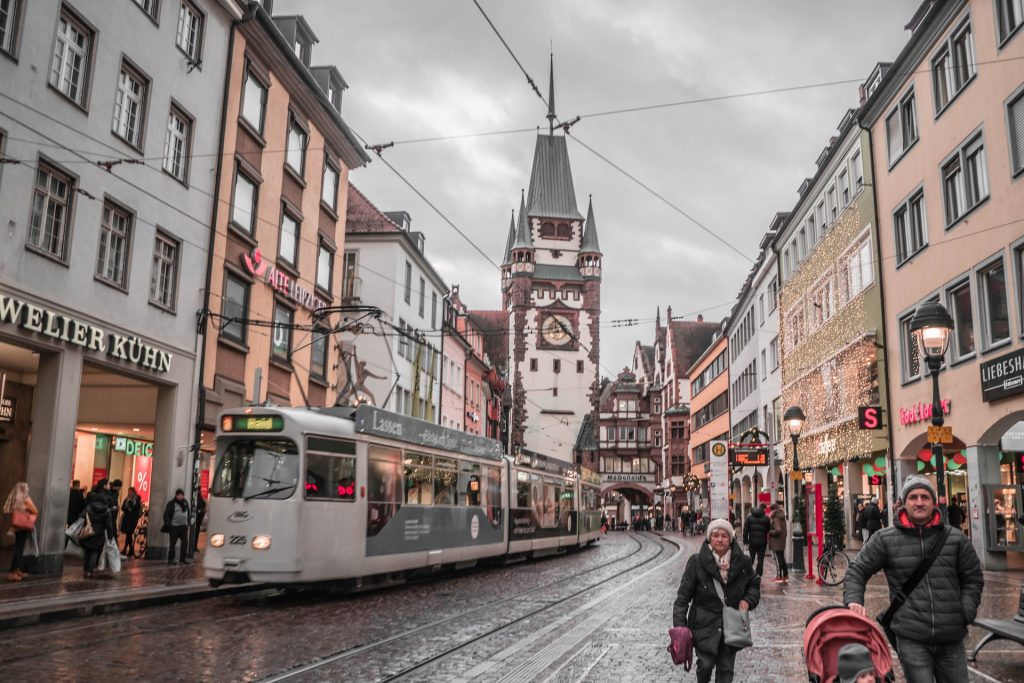
Goal: Come up with a better name than “Point Access Block”
It’s becoming very evident that point access blocks – modest-sized multi-family buildings with a single staircase – are not just a good idea but also a solution to severe issues with the way we build apartments. The North American need to put hard-layout dual staircases in every floor of even the smallest building turns apartment design into a rat maze. Rules meant for towering New York skyscrapers shouldn’t apply to a four-story condo at the end of the block. Advances in materials, firefighting technology, and required sprinklers everywhere mean that one stairway is plenty for most human-sized buildings.
But with all due respect to our friend Michael Eliason, the Seattle architect who popularized the concept stateside, the phrase “point access block” sucks. It sounds like something between science fiction’s zero-point energy and a pencil-thin villain headquarters. And really, we’re not talking about a whole block. Point access blocks take the Blade Runner monolithic design ~out~ of buildings, bringing heights down and adding 3- and 4- bedroom floorplans that don’t show up in modern US apartments. There’s a reason sitcom apartments are in single-stair buildings, neighbors encounter one another to generate comedic gold. The alternative is tricycles in horror movie corridors.
That’s the rub. The current design of most apartment corridors is straight out of The Shining. It’s hotel and prison design, with a long straight corridor that puts residents in easily observable individual cells. Perhaps that’s the name that really needs to change. Our current apartment design is the Incarceration Layout and we’re prisoners to its pretend efficiency. The alternative is point acce…nay Freedom Foyers! Freedom Foyers around single stairs that allow human-sized apartments and comedic interaction. We’ll continue workshopping that.
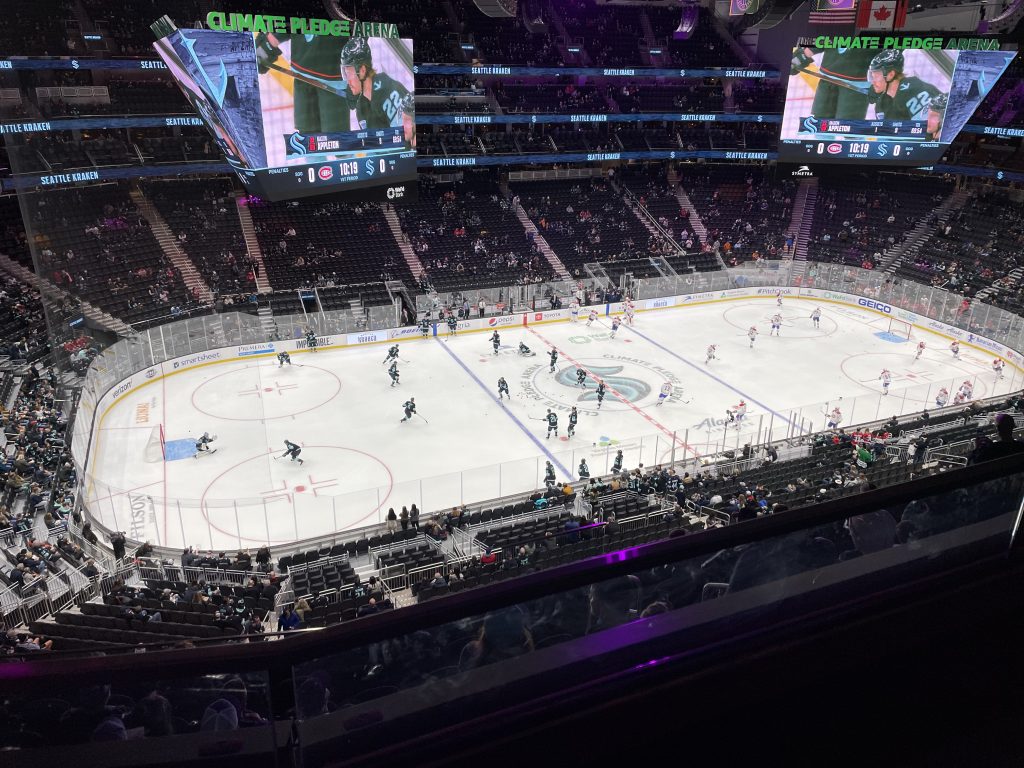
Obstacle: Playoff sports schedules
The Seattle Kraken’s deep run in the Stanley Cup Playoffs this past spring was a delightful surprise for many. However, it had the unintended consequence of revealing how inexperienced the city is with successful teams playing daily sports. The dedication needed to pay attention every other night to very important hockey games is exhausting.
We’re out of practice. Although Seattle sports franchises have been successful recently, they’re in sports that have the courtesy to space out the playoff games. Soccer and football matches run only once a week. The WNBA’s tournament only has teams playing twice a week. The only other daily sport Seattle has, the Mariners … well we won’t talk about the Mariners postseason record.
The discomfort isn’t unwelcome, it’s just we’ve got to get back into the habit. We welcome more playoff runs in the daily sports, particularly with the return of the Sonics becoming ever more imminent. Alas, the paltry record of the Kraken this year isn’t raising hopes that this obstacle is more than fleeting.
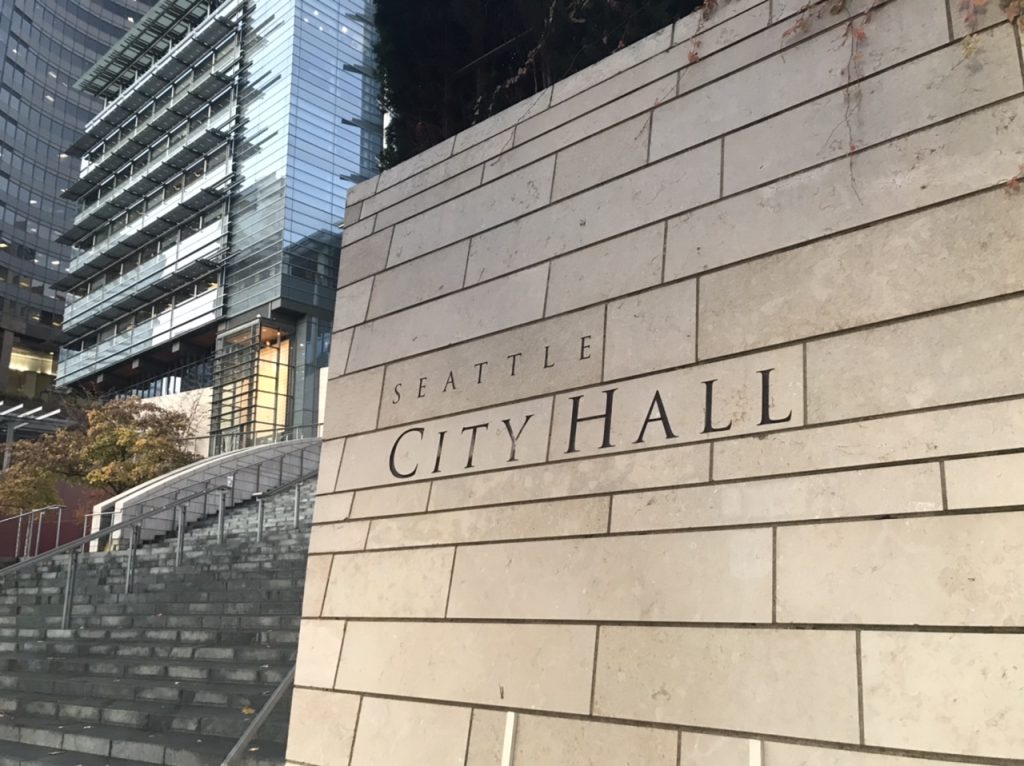
Resolution: Train up the new Seattle City Council
Seattle’s new City Council will be very green, and not in the most environmentally friendly way. The nine members will include five brand new district representatives, one at-large member halfway through her first term, and an appointee. The five newest members also saw a unique type of green, as they spent more than $1.5 million of big business’ money on their campaigns, raised through independent expenditure committees.
Which means that these fresh-faced newcomers will have a learning curve about the Seattle Process. It would be very trite to write up how easy the council’s path will be, given it’s more closely aligned with the mayor’s ideology. However, assumptions are risky business, and there is no guarantee that the new council’s ideological bent is going to survive the realities of a budget crunch and a public that’s ready for new tax options on businesses. The first test may be the public comment period for the comprehensive plan, and whether the council has an appetite for broad housing options.
A good amount of the training will come from the council’s two most experienced members, Tammy Morales and Dan Strauss. Each has their strengths, with Morales fighting the long fight about equity and safety in South Seattle and Strauss going deep wonk on land use updates. It will be interesting to see how much benefit of experience the existing council members will give the noobs, or on which subjects. Politeness may suggest a big tent approach, but politics could call for letting some of the new members struggle.
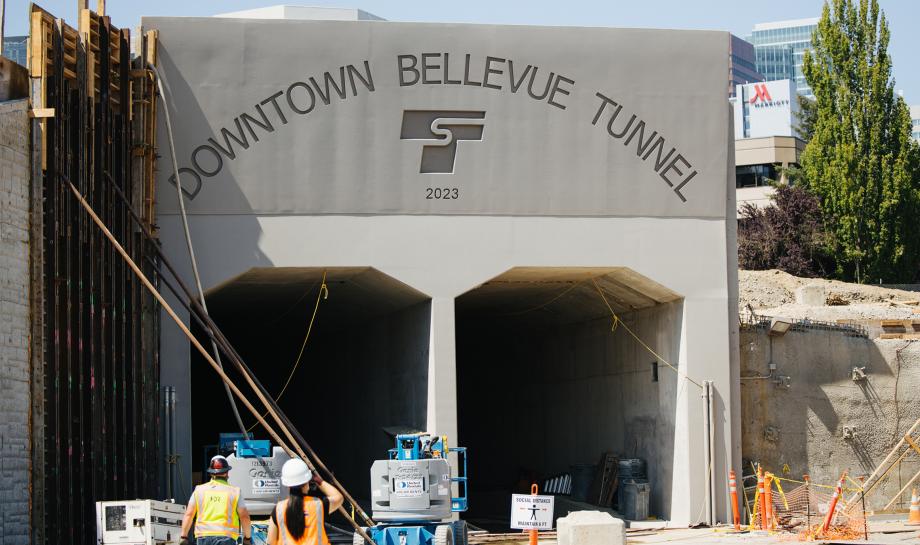
Exploration: 2024 light rail openings
No, I haven’t gotten to ride the Tacoma streetcar yet. (See playoff sports, above). And a number of connections are delayed, including actually riding Sound Transit from Seattle to Bellevue. But the wave of light rail openings is beginning, and the region will be better for it.
Two significant components of the system are on track (obvious) for opening in 2024. The Sound Transit Board approved a spring opening for the Eastside Starter Line, eight stations running from South Bellevue to the weirdly named Redmond Technology. It’s a strange name because it needs a “center” or a “hub,” some sort of anchor beyond ephemeral “technology.” Even just “Tech” might work, but that sounds like a college rather than Microsoft’s huge campus. Bah, I’m still happy they get light rail.
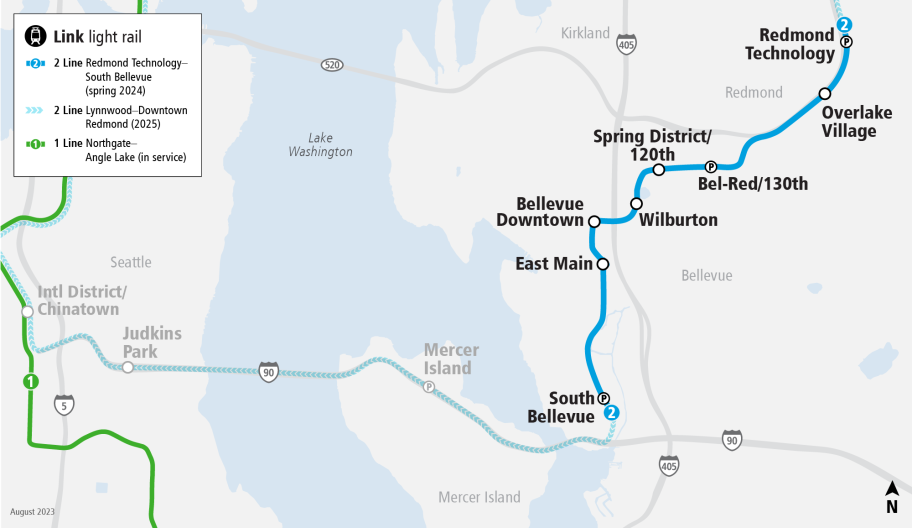
This is a starter line because the stations will eventually connect to Downtown Seattle via Mercer Island and Judkins Park. Such a connection will only come after continued work replaces failed concrete plinths across the I-90 bridge. Until that happens, and the new Operations and Maintenance Facility East in Bellevue connects to the rest of the system, trains on both sides of the lake will be running at reduced frequencies.
Lynnwood Link will add four new stations over 8.5 miles of track sometime in fall 2024. The stops will bring Shoreline into the transit fold, and breech the once unimaginable hurdle of connecting Snohomish County with the city. (Not really, use the Sounder train.) The new stations move the northern network terminus from Northgate, and really open up opportunities for development along the I-5 Corridor, something Shoreline is lapping Seattle in planning.
Now, will this break the impasse and get politicians moving on building out connections to Ballard and West Seattle? Probably not, as their vanity franken-projects are on the line. But we do look forward to expanding station options and momentum towards even more openings in 2025 and beyond.
Ray Dubicki is a stay-at-home dad and parent-on-call for taking care of general school and neighborhood tasks around Ballard. This lets him see how urbanism works (or doesn’t) during the hours most people are locked in their office. He is an attorney and urbanist by training, with soup-to-nuts planning experience from code enforcement to university development to writing zoning ordinances. He enjoys using PowerPoint, but only because it’s no longer a weekly obligation.


